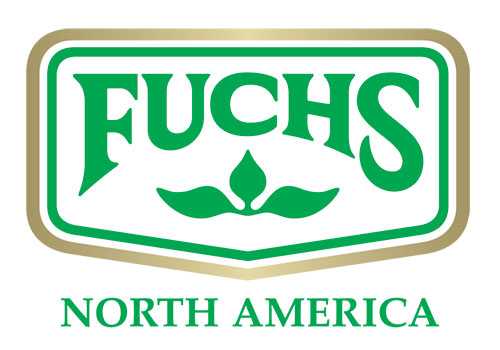Snacking has taken on a whole new meaning – many new meanings, actually. The snacks of today are certainly not the snacks of decades past, as consumers’ cravings have changed, forcing brands to push the envelope when it comes to innovation. Over the past few years, the number of flavors and snack bases has expanded rapidly, giving rise to a new age of snacking. With new expectations from consumers and an ever-growing list of foods that now count as snacks, the snack industry has been undergoing a major transformation, years in the making. Keep reading as we look back at the evolution of snacks.
What’s Changed?
A better question may be what hasn’t changed? With countless new flavors and new bases, snacks are not the same as they used to be, which is good news for consumers who are growing increasingly restless, always wanting to try something new.

Snack bases have evolved too. While potato and corn based snacks remain staples in the snack aisle, health conscious consumers have pushed brands to locate healthier alternatives. From seaweed and chickpeas to sweet potatoes and eggs, it seems like just about anything can be transformed into a snack base. With the rise of health and wellness trends, consumers have higher expectations for their food – even their snacks. They want added health benefits for everything they eat and that includes what used to be simply a guilty pleasure. While in the past, “healthy” was not a word to be associated with “snacks,” these days, that’s no longer the case.
Snacking is more focused on function. Consumers are snacking mindfully, driving them to look for snacks that tout energy-boosting ingredients and high fiber and protein contents. Not only has this contributed to the growing number of snack bases, but it also has fundamentally altered the definition of a snack. Previously limited to bagged traditional snacks (think potato chips, tortilla chips, puffs, and pretzels) snacks these days can be…just about anything. Soup, pizza, beverages, yogurt, breakfast items – the list goes on and on. As consumers have opened their minds about what constitutes a snack, brands have been given on opportunity to position untraditional snack products as snacks, increasing competition in the category.
Thankfully, consumers’ appetites for snacks have expanded too. In fact, a growing number of consumers report eating multiple snack-like meals a day, rather than three full meals. This is due to an increasingly busy lifestyle, making convenience and portability much-sought after features for snack products.
What – Or Who – Is Behind These Changes?

Younger consumers also tend to be more adventurous; they aren’t only willing to step outside of their comfort zones, but they have a strong desire to. This has allowed brands to think outside of the box and get creative with flavor.
Social media, too, has contributed to snacks’ evolution. Our world is much more interconnected now due to social media, allowing consumers’ a glimpse into life in other countries and regions. As such, they’ve developed a new appreciation for other cultures. This has, in part, given rise to the ethnic food and flavor trend. Not only that, but social media has led consumers to share more of their lives – including what they’re eating. For that reason, they want visually appealing and interesting food to share on their social media feeds.
What’s Next?
Snacks are still evolving and will only continue to evolve. Gone are the days when snack options were limited. Expect more new bases and formats and even more new flavors. LTOs are going to be essential for grabbing consumers’ attention and keeping things interesting.
A new generation of consumers, Gen Z, are beginning to have more spending power, and thus more influence on the market. Undoubtedly, their influence will push snacks and snack brands to continue to change. This generation grew up with the most product variety, so they’ll expect brands to push the envelope with innovation. The brands that “get it right” in these consumers’ opinions are the brands that are constantly releasing new products.
Sustainability and social justice are important to Gen Z, and those values will have an influence on the food industry as a whole. Customizability, personalization, and mindful eating are also trending with this generation. In the coming years, expect Gen Z’s preferences to be highly influential on snack trends.
Need help navigating snack trends? Contact the experts at Fuchs North America to get ahead of the trends and introduce products that consumers will totally crave.



 For more information about Fuchs North America's products and programs that support food manufacturers in their product development needs, please
For more information about Fuchs North America's products and programs that support food manufacturers in their product development needs, please